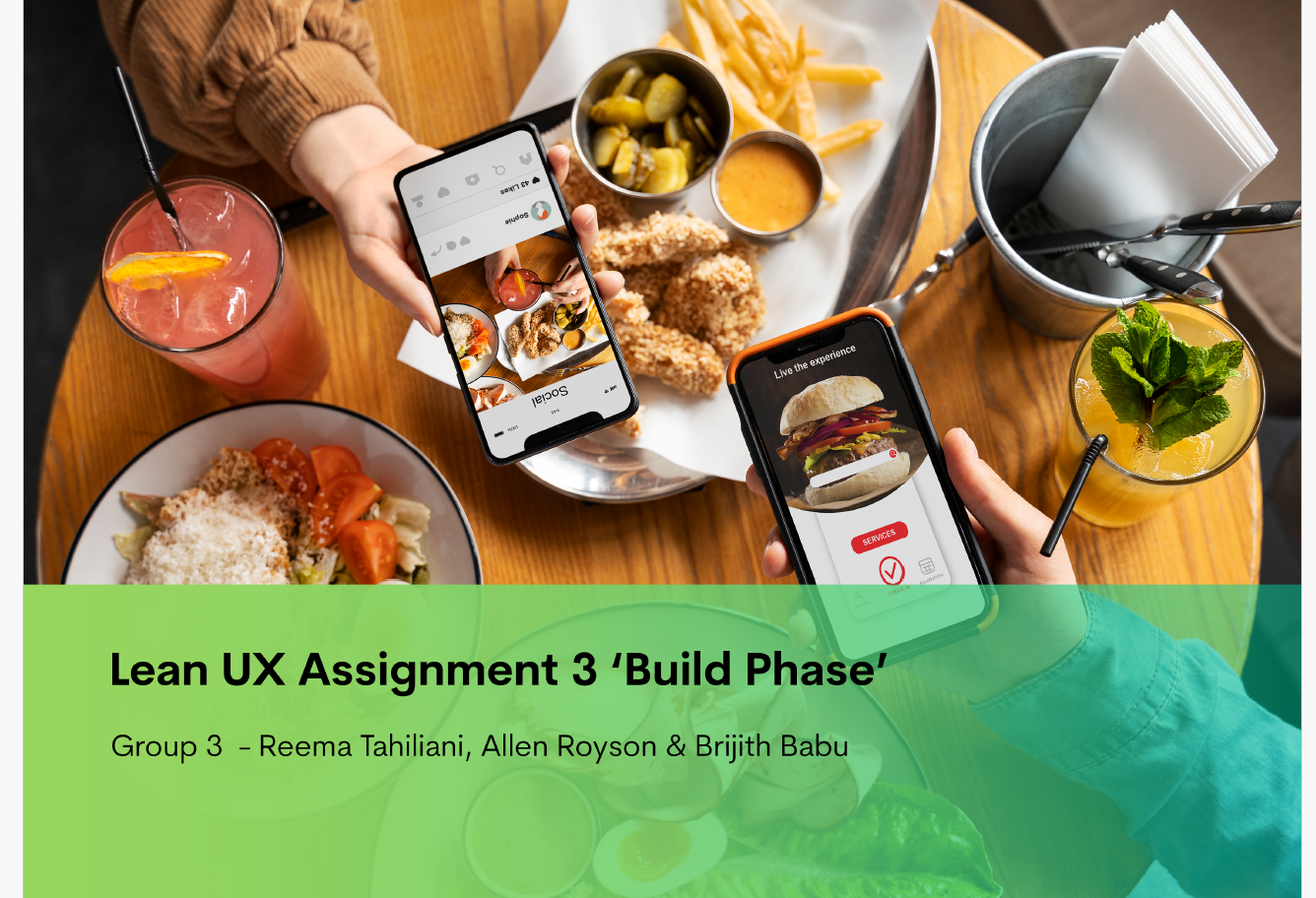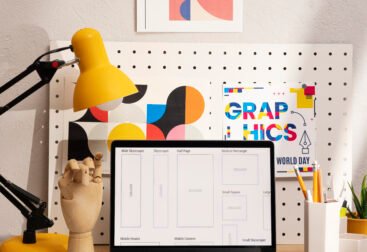In my first semester of the Interactive Media Management-Interaction Design program, the concept of Lean UX was entirely new to me. I didn’t know what to expect, but I was eager to learn and apply these principles. One of the projects we worked on was addressing the high minimum delivery fees for Uber Eats.
Applying Lean UX Principles to the Uber Eats Project: Lean UX Assignment
Work Together: Our team included designers, researchers, and developers. We collaborated closely, sharing ideas and insights, which led to innovative solutions for reducing delivery fees.
Think Small: We broke down the project into smaller tasks, like analyzing user pain points, testing potential solutions, and iterating based on feedback. This approach allowed us to make steady progress.
Start Simple: We developed an MVP that addressed the most critical user pain points related to high delivery fees. By focusing on a basic solution, we could quickly gather user feedback and make necessary adjustments.
Make Educated Guesses: We hypothesized that users would prefer a subscription model for lower delivery fees. Testing this assumption with real users helped us refine the idea and make it more effective.
Understand Users: We conducted interviews to understand user frustrations with the current fee structure. This user-centered approach ensured that our solutions were aligned with actual needs.
Keep It Simple: We used sketches and prototypes to communicate our ideas clearly and efficiently. This streamlined our process and kept the team focused.
Learn and Adapt: Continuous user feedback was important to our process. We remained flexible and adapted our approach based on what we learned.
Avoid Overcomplication: We prioritized features that directly addressed user needs, avoiding unnecessary additions that could complicate the user experience.
Think About the Whole Experience: We considered the entire user journey with Uber Eats, ensuring that our solutions provided a seamless and satisfying experience from ordering to delivery.
By applying Lean UX principles to the Uber Eats project, we created a more user-friendly solution that addressed the high delivery fees, demonstrating the value of this approach in real-world scenarios.











